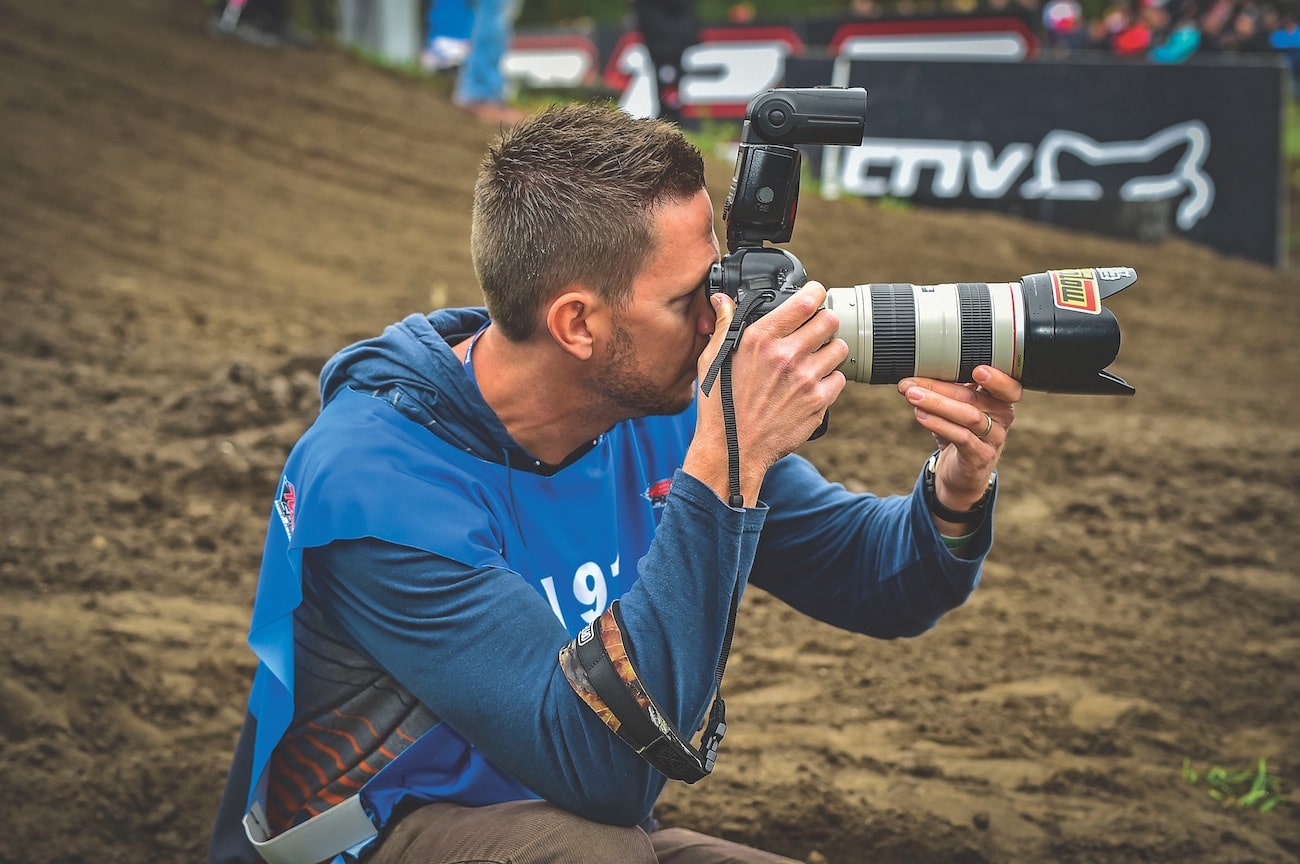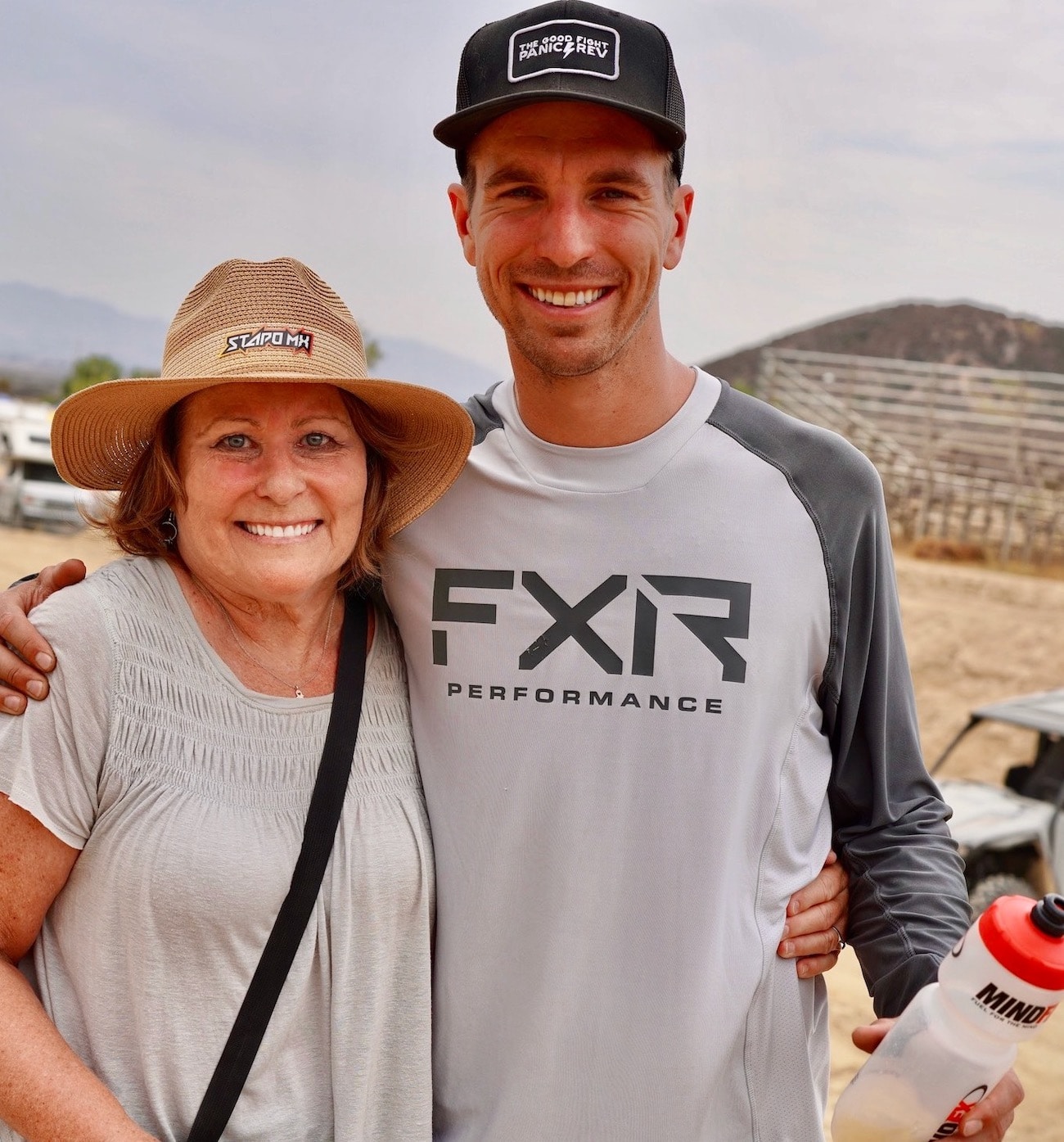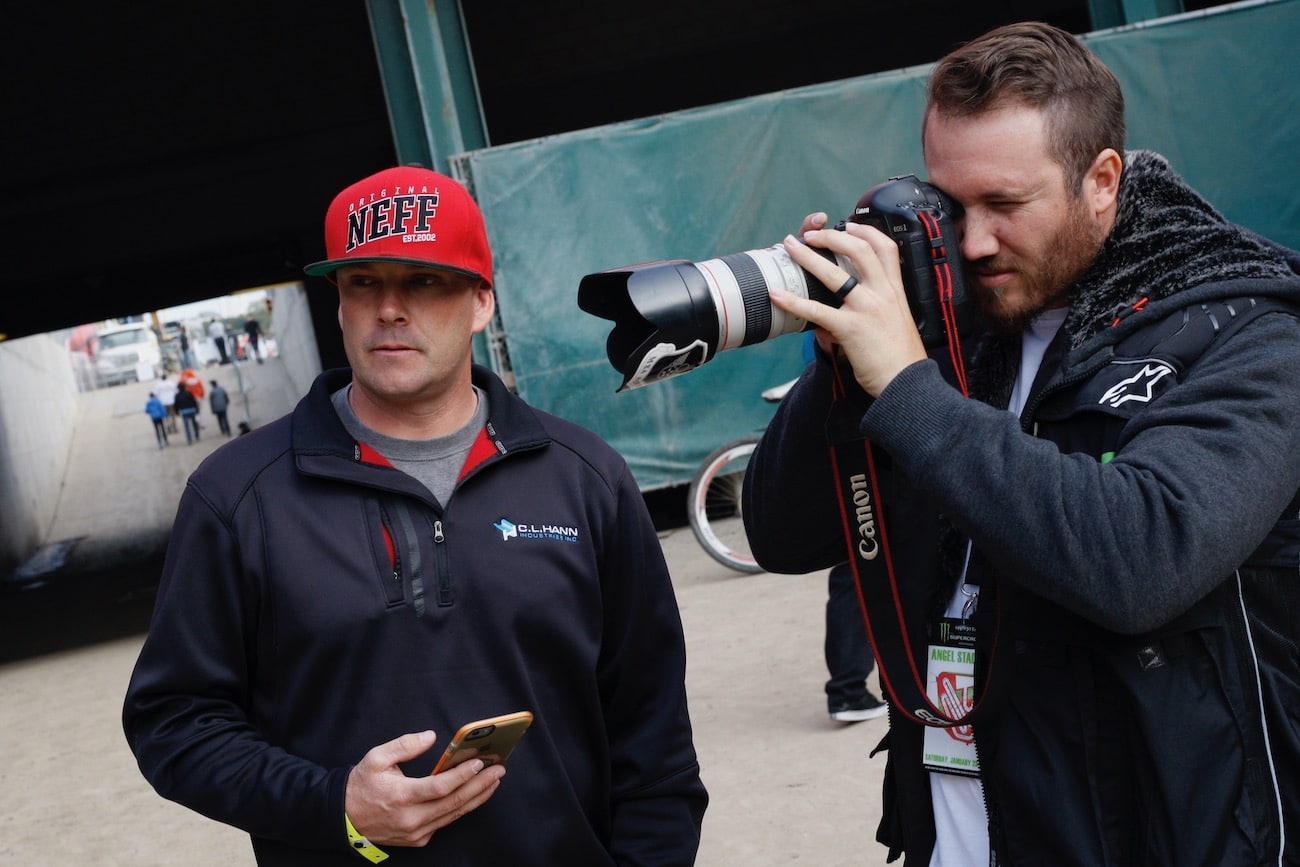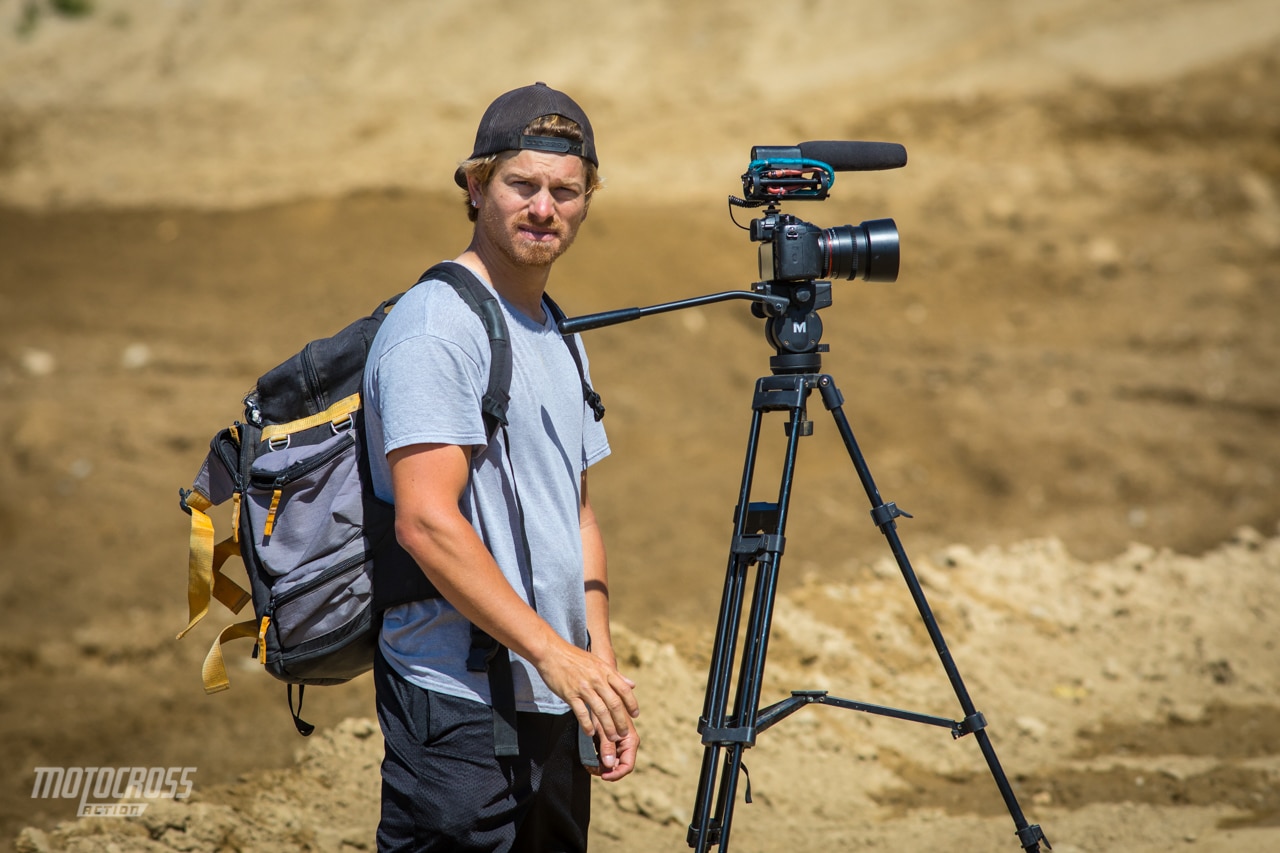TEN THINGS ABOUT HOW TO BECOME A MOTOCROSS PHOTOGRAPHER

(1) Moto photos. At some point every racer grabs a camera to take photos or videos of his riding buddies. Back in 1973, when Motocross Action first began, our photographers didn’t have the luxury of the digital world we live in now. Photos taken at Unadilla in New York on Sunday had to wait until our film rolls made it back to California on Monday to be developed. Now that everyone has a camera in their phones, motocross photography is easier than ever. Follow these MXA Pro tips to become a great motocross photographer.
(2) Angle. The angle you choose to shoot your photo with can make or break the image. For jump photos, try to make sure the track, jump, mountains or trees are in the shot to give the viewer context (rather than nothing but blue sky). For corners, position yourself so that your photos show how far the rider is leaned over and/or which line he is taking

(3) Lighting. Perhaps one of the most important “Pro tips” is to follow the light. The best photos are taken during the “golden hours” when the sun is rising or setting. Why? Because the low angle of the sun eliminates shadows, lights the image better and delivers a warm glow that you can’t get at noon. Follow the sun and position yourself so that the sun is at your back when taking a photo. Professional photographers can do wonders with side light or fill-flash shots; however, these shots take experience to pull off.
(4) Split-second. Racers make great photographers because they intuitively understand how to make a fellow rider look good. The best “Kodak moment” is when the camera catches the rider on the charge—roost coming off the rear wheel, elbows in attack position and the eyes fully visible. Thankfully, most cameras can take a blast of photos at once to give you a better chance of capturing the right moment.

(5) Settings. MXA’s photographers use the manual setting with the shutter speed at 1600 to 2500, aperture at 5.6 to 7.1 and ISO between 200–2000 (stay as low as possible). Shutter speed is the amount of time the shutter is open. Higher shutter speeds freeze the subject. Slower shutter speeds keep the shutter open longer, which gives a blur effect to action shots. Low-shutter-speed action photos can look great, but are very hard to get the entire subject to be sharp. The higher the lens’ F-stop, the easier it is to get sharp photos.
(6) Context. The best photographers tell a story with their photos. Everyone loves to see an overview picture of the track to have an idea for how big it really is. A great photo will also show how rough a track is, how close the next rider is or how big a jump is. Look for ways to complement the rider with your photo rather than make it look easy. Watch your backgrounds. Don’t have a telephone pole sticking out of the rider’s head or a truck parked behind the rider. Moving a few feet one way or the other can give you a clean backdrop.

(7) Zoom in. Another MXA rule of thumb is that if your action shot isn’t exciting enough, zoom in. Getting closer to the action is the answer when the surrounding area in the photo isn’t appealing, or when the rider isn’t charging as hard as you’d like. Zooming in gives the viewer a better look at the bike and the rider. Remember, what you see in the viewfinder or on the screen is what you will get. If the rider looks like an ant on the screen, he will look like an ant in the photo.
(8) Swivel head. Aspiring motocross photographers need to keep track of where they’re standing and where the riders might potentially run off the track. Never stand on the outside of a high-speed turn. Every photographer loves a close-up photo of a rider banging through the whoops, but more often than not, that is where riders lose control. There is no doubt that the best spot for a photo is the most dangerous. If you must shoot in these areas, stand farther back with a longer lens or move in to shoot a photo and then back up fast. Stay alert when close to the track.

(9) Transferring. One of the hardest parts of being a photographer is the process of going through your photos after the event, especially if you are racing yourself and snapping pictures of your friends between motos. Cameras with Wi-Fi connectability can link straight to your smartphone, enabling a direct transfer of photos at the track. This speeds up the process of sending them to your friends.

(10) Cameras. Although there are many advantages to owning the latest and greatest camera, most famous photographers learned the trade with inexpensive cameras and that includes MXA’s small army of photographers. The most iconic photos don’t always come from the best cameras; they come from the best angle, the best light and the best framing.





Comments are closed.